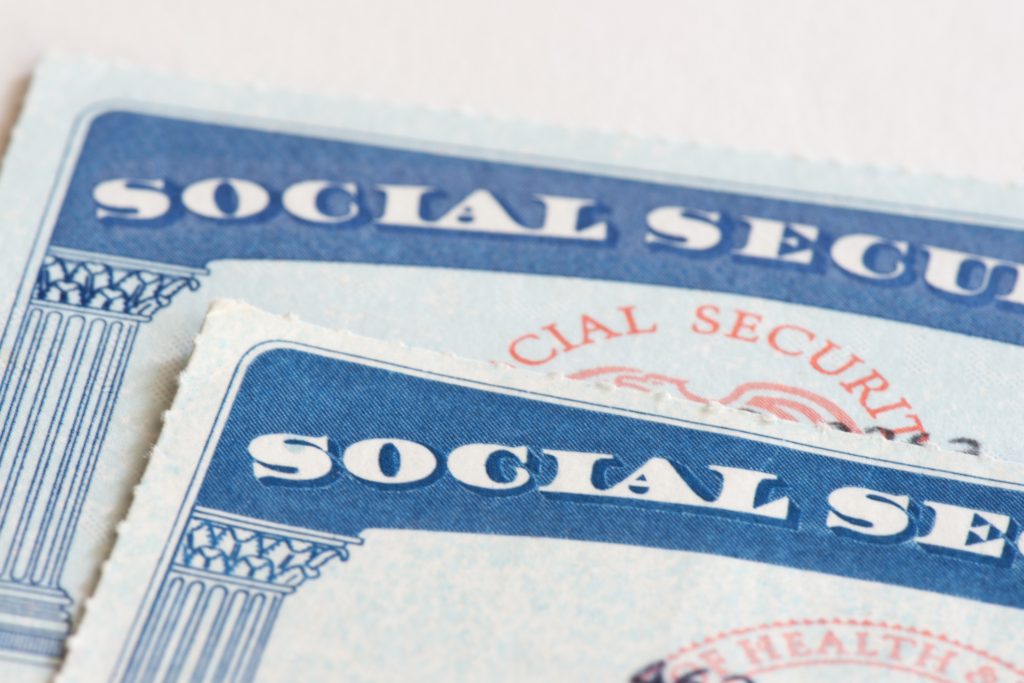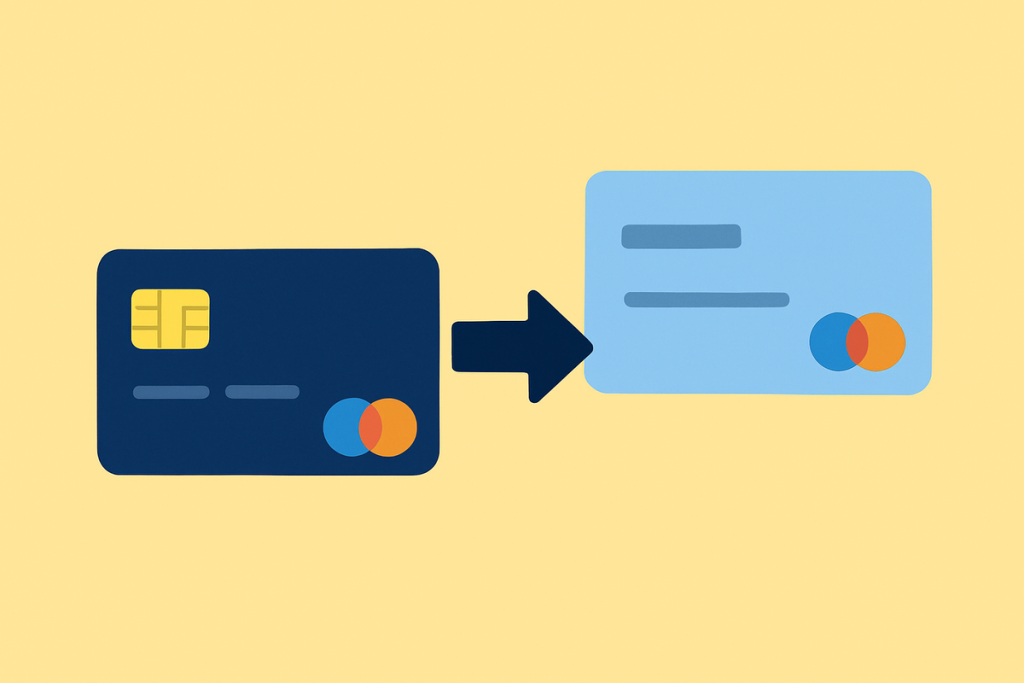Key Points
-
Most beneficiaries would struggle, to some varied degree, if Social Security didn’t exist.
-
President Donald Trump’s administration is reinstating and/or adjusting monthly Social Security garnishment rates for delinquent federal student loan borrowers and beneficiaries who were overpaid.
-
Additionally, unpaid federal tax and various court orders can result in Social Security benefits being garnished.
For most retirees, Social Security is an indispensable income source. Although the average retired-worker benefit is fairly modest, tallying just over $2,000 for the first time in the program’s 90-year history as of May, this monthly payout was responsible for pulling 16.3 million adults aged 65 and over above the federal poverty line in 2023.
Most beneficiaries would struggle, to some varied degree, to make ends meet if Social Security didn’t exist. But for millions of Americans, this foundational monthly payout isn’t as guaranteed as you might think.
Where to invest $1,000 right now? Our analyst team just revealed what they believe are the 10 best stocks to buy right now. Continue »
Although Social Security benefits can’t be garnished or withheld to satisfy credit card debt, personal loans, or medical bills, there are six ways — two of which are directly influenced by President Donald Trump’s administration — that your monthly Social Security benefit can be garnished by up to 65%.

President Trump giving remarks. Image source: Official White House Photo by Shealah Craighead, courtesy of the National Archives.
1. Social Security overpayments (up to a 50% garnishment rate)
One of the more publicized ways Social Security benefits can be clawed back is in the event of an overpayment. Sometimes these overpayments are the fault of the Social Security Administration (SSA), while other instances may stem from a beneficiary not updating their income with the SSA.
In fiscal year 2023 (the federal government’s fiscal year ends on Sept. 30), the SSA attempted to recover overpayments from roughly 2 million beneficiaries, per KFF and Cox Media Group. The recovery rate under the Joe Biden administration in 2023 was a mere 10% of monthly benefits. In March, the SSA announced plans to return the clawback rate on overpayments to 100%, which is where it stood during Trump’s first term and President Barack Obama’s eight years in office. But due to public backlash, the SSA pared this garnishment rate down to 50% in April.
Based on communication from the SSA on April 25, overpaid beneficiaries (which include retired workers, survivors of deceased workers, and workers with disabilities) can expect this 50% monthly garnishment to kick in on or after July 24 — in other words, a 90-day grace period following a written letter requesting repayment.
The silver lining for these more than 1 million overpaid beneficiaries is that there are options available that can potentially waive their repayment liability, reduce the amount they owe, or lower their monthly garnishment amount if it would result in a financial hardship (based on qualifying expenses).
2. Delinquent federal student loans (up to a 15% garnishment rate)
A second way the Trump administration is influencing garnishments is through delinquent federal student loans.
Based on data from the Consumer Financial Protection Bureau, the number of federal student loan borrowers aged 62 and above jumped by 59% to 2.7 million between 2017 and 2023. More importantly, an estimated 452,000 of these senior borrowers are currently delinquent on their federal student loans and receiving a Social Security benefit. This leaves these individuals open to a 15% monthly garnishment rate until the loan is no longer delinquent.
The caveat is that the collection of federal student loan repayments was halted during the COVID-19 pandemic and never lifted. The Trump administration, via the SSA, intends to restart collections “sometime this summer.”
Similar to the clawback of overpayments, delinquent federal student loan borrowers receiving Social Security benefits often have options. Some may be able to qualify for the Total and Permanent Disability discharge program, which would cancel their federal student loan debt. There’s also the possibility of being granted a financial hardship exemption from the U.S. Department of Education if your qualifying expenses are larger than your documented income.

Image source: Getty Images.
3. Unpaid federal taxes (up to a 15% garnishment rate)
Up to 15% of your monthly Social Security check can be garnished if you have unpaid federal tax obligations. The Federal Payment Levy Program allows the Internal Revenue Service (IRS) to collect certain benefits paid by the Treasury Department to delinquent taxpayers.
Most forms of Social Security income can qualify for this 15% garnishment rate by the IRS. This includes payouts to retired workers, survivor beneficiaries, and workers with disabilities, but excludes survivor benefits paid to a child and lump sum death benefits.
Keep in mind that delinquent taxpayers receiving Social Security benefits must be left with at least $750 per month after garnishment — this is true for federal student loan borrowers, too. This means that lifetime low earners who are delinquent on their federal taxes might not be garnished at the full 15% rate.
4. Court-ordered child support (up to a 65% garnishment rate)
A fourth way the SSA can garnish Social Security benefits is through a court order, such as a child support order. According to the SSA, the Court Order Garnishment System (COGS) rate is based on a handful of scenarios:
- 50% if the beneficiary is supporting a child, other than the child whose support has been ordered by the court
- 60% if the beneficiary isn’t supporting another child
- 55% if the court-ordered child support is 12 or more weeks delinquent and the beneficiary is supporting a child, other than the child whose support is ordered by the court
- 65% if in arrears by at least 12 weeks and not supporting another child
5. Court-ordered alimony (up to a 65% garnishment rate)
The Social Security garnishment rates associated with court-ordered alimony for a current or former spouse mirror those associated with child support.
COGS calculates the monthly garnishment rate, which ranges from 50% to 65%, based on whether another spouse is being supported, other than the spouse whose support was ordered by the court, and whether the garnished beneficiary is 12 or more weeks in arrears on their payments.
Unlike unpaid federal debts, there’s no requirement for the SSA to leave you a minimum of $750 in benefits after garnishment for child support and/or alimony.
6. Court-ordered victim restitution (up to a 25% garnishment rate)
The sixth and final way the SSA can legally garnish your Social Security benefit is due to court-ordered victim restitution. Based on certain crimes, the SSA can garnish up to 25% of your monthly benefit amount through COGS to repay a victim.
Similar to court-ordered child support and alimony, all appeals for court-based garnishments have to be taken up with the individual court and not the SSA. Only issuing courts have the ability to dismiss or modify a child support, alimony, or victim restitution garnishment order.
The $23,760 Social Security bonus most retirees completely overlook
If you’re like most Americans, you’re a few years (or more) behind on your retirement savings. But a handful of little-known “Social Security secrets” could help ensure a boost in your retirement income.
One easy trick could pay you as much as $23,760 more… each year! Once you learn how to maximize your Social Security benefits, we think you could retire confidently with the peace of mind we’re all after. Join Stock Advisor to learn more about these strategies.
View the “Social Security secrets” »
The Motley Fool has a disclosure policy.
 marketbeat.com
marketbeat.com fool.com
fool.com benzinga.com
benzinga.com



